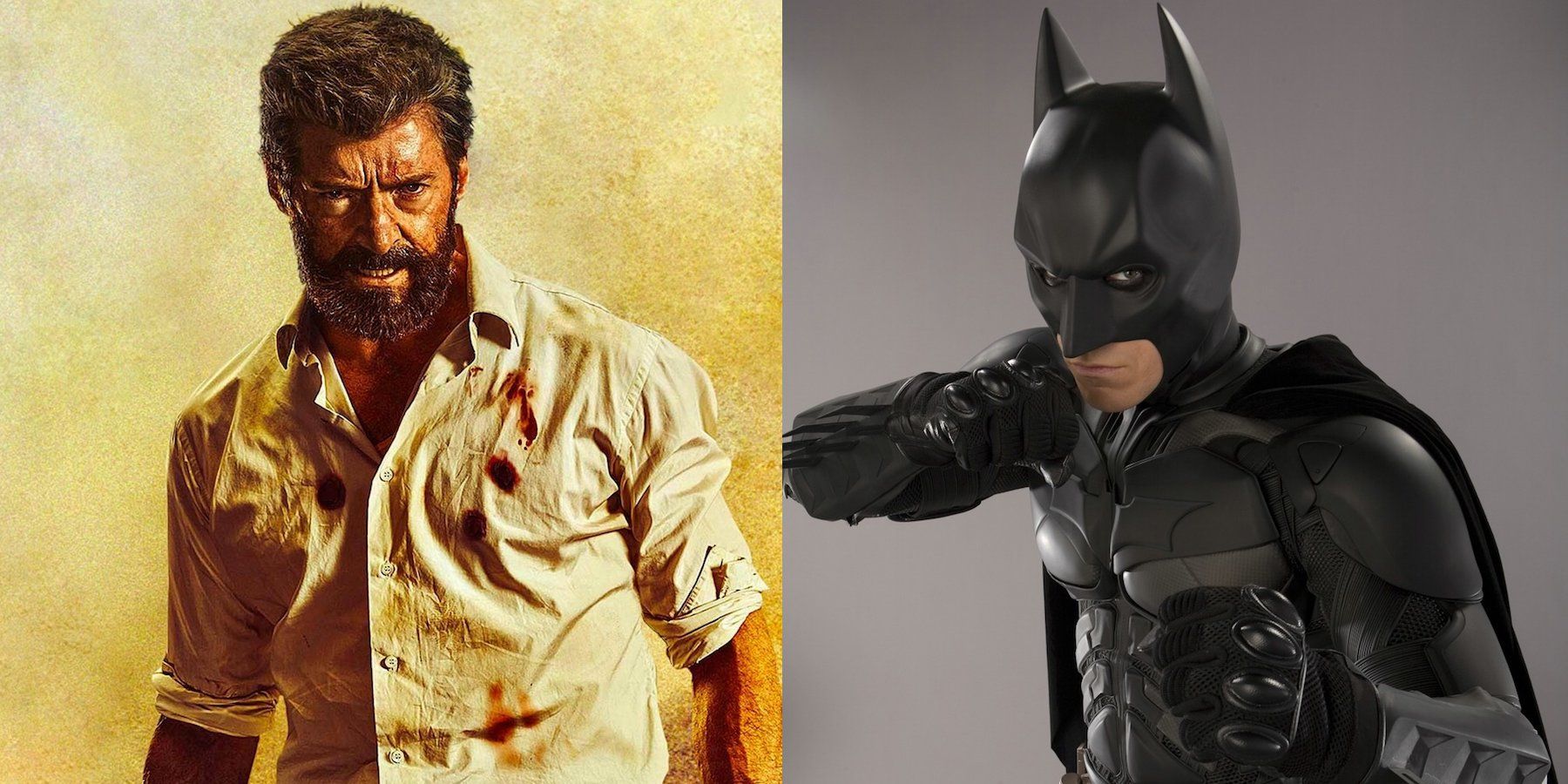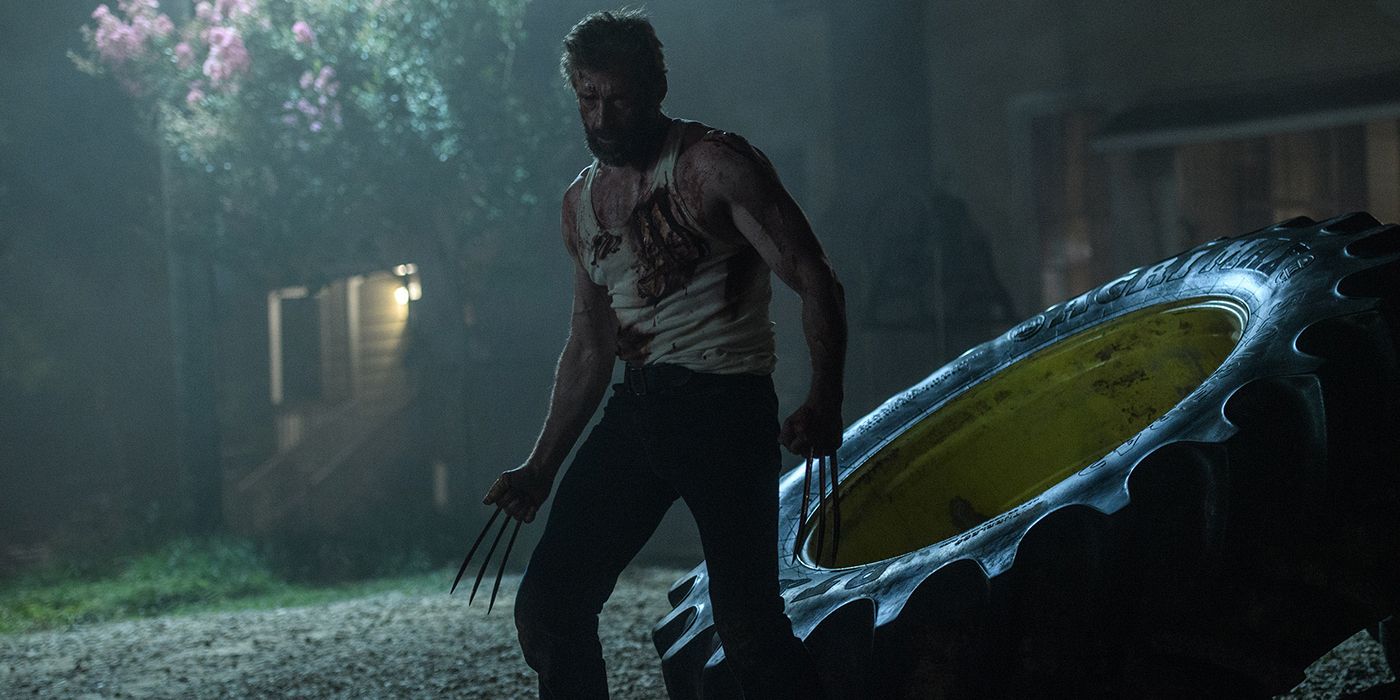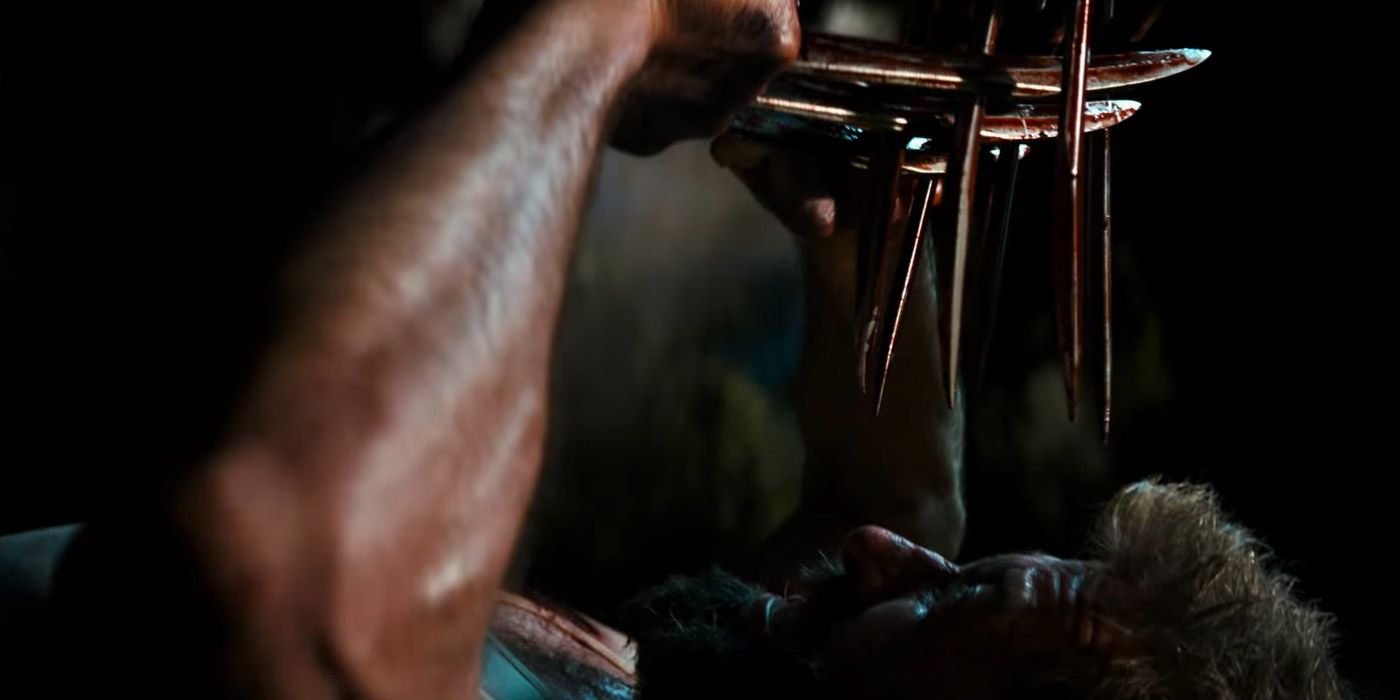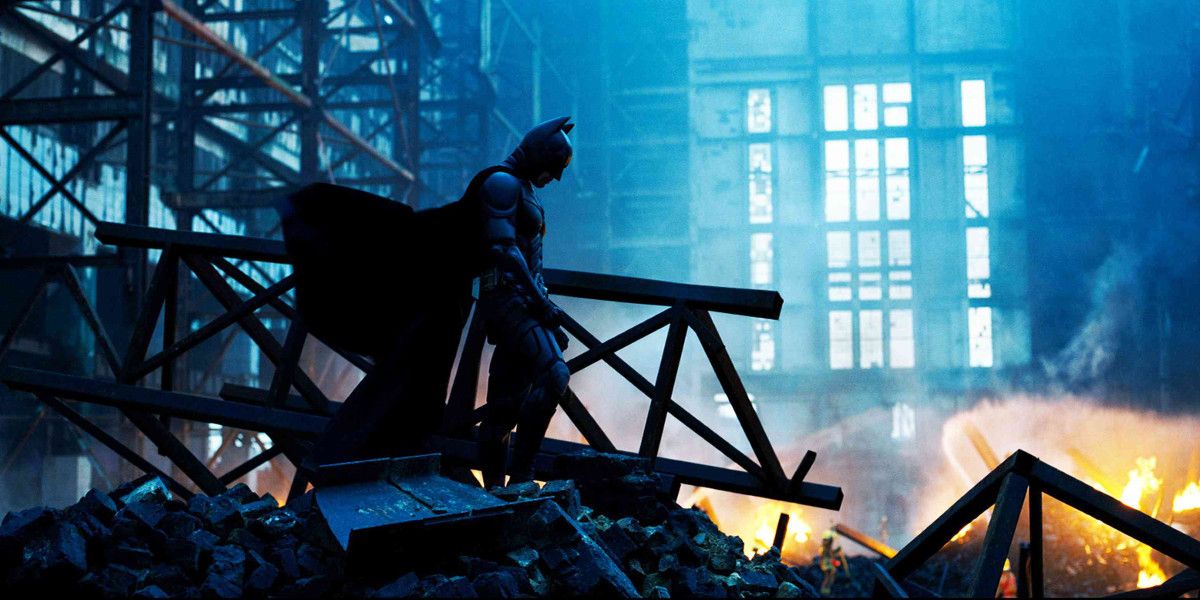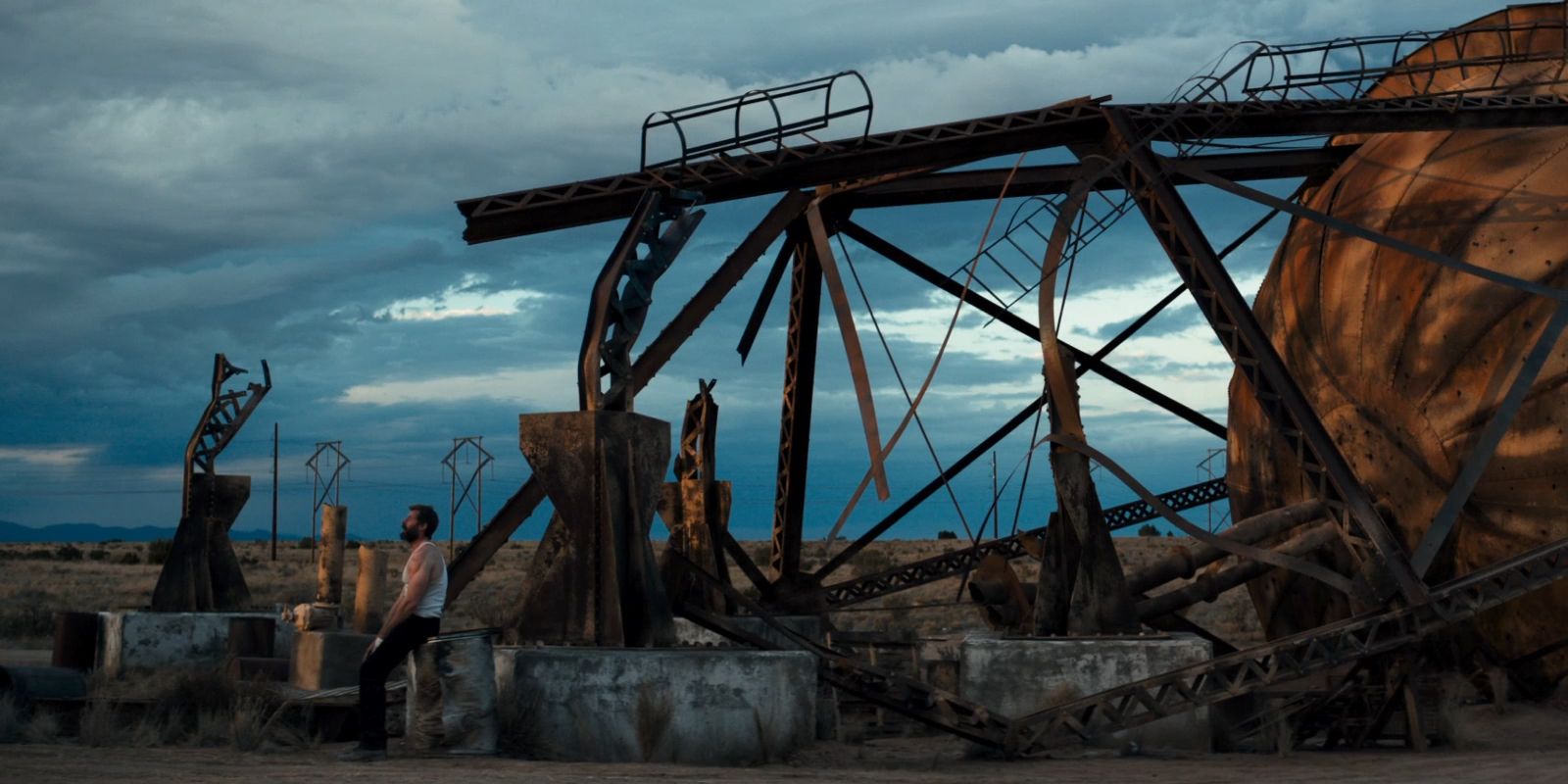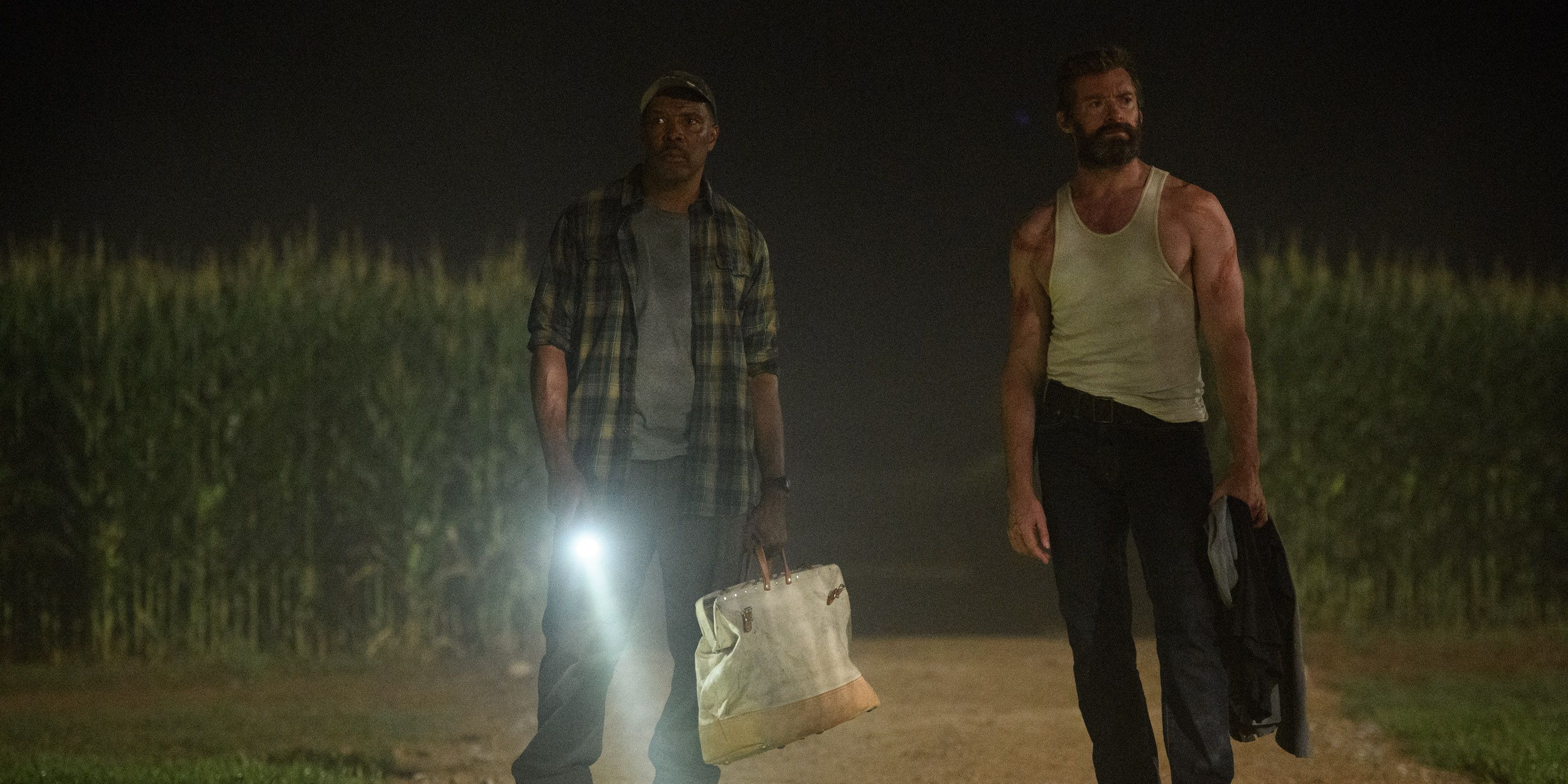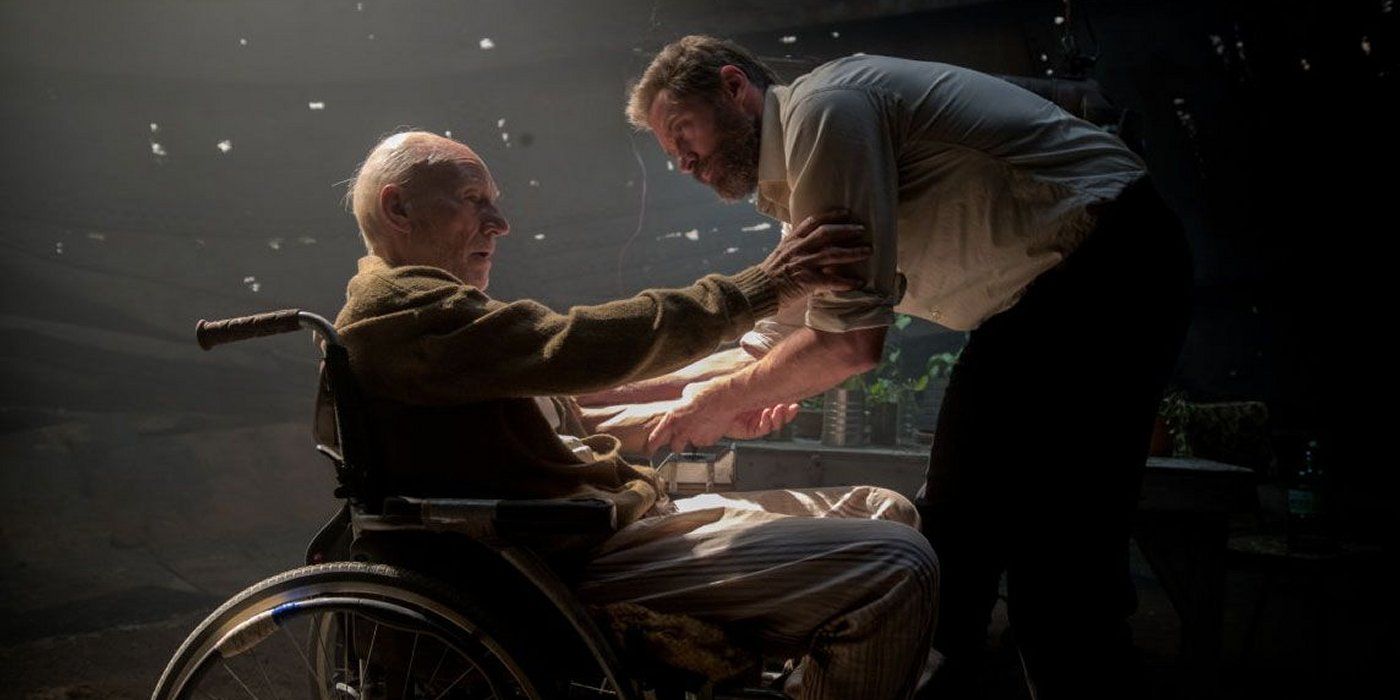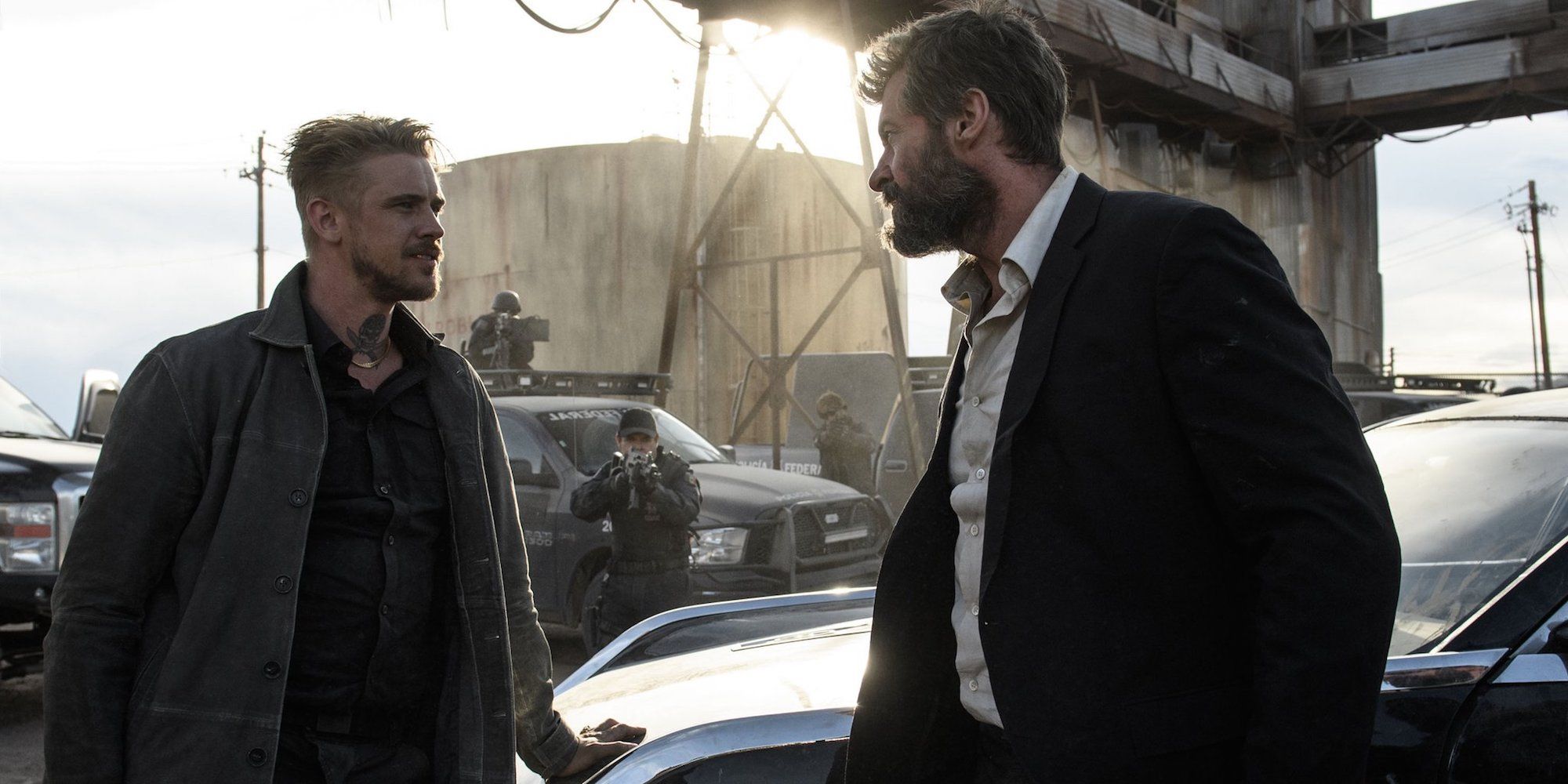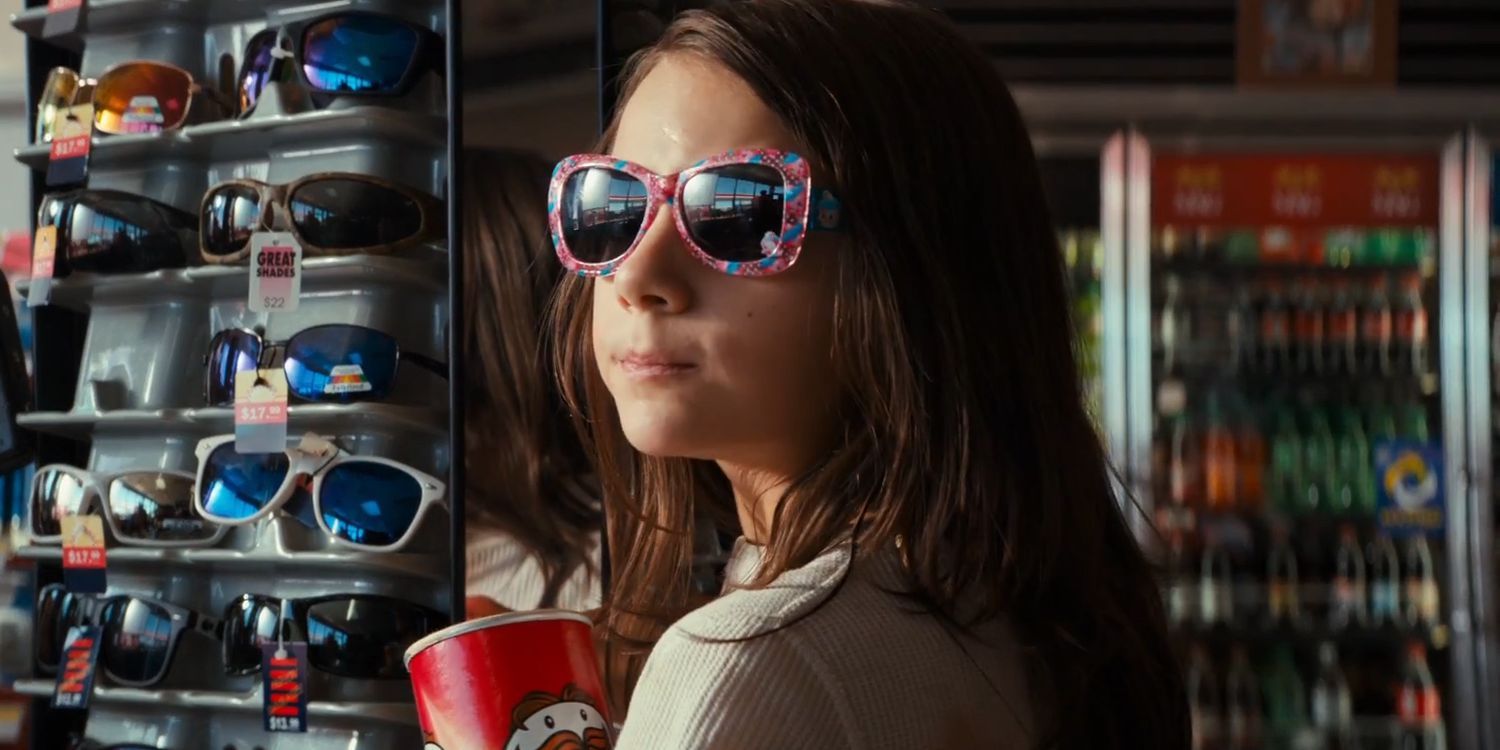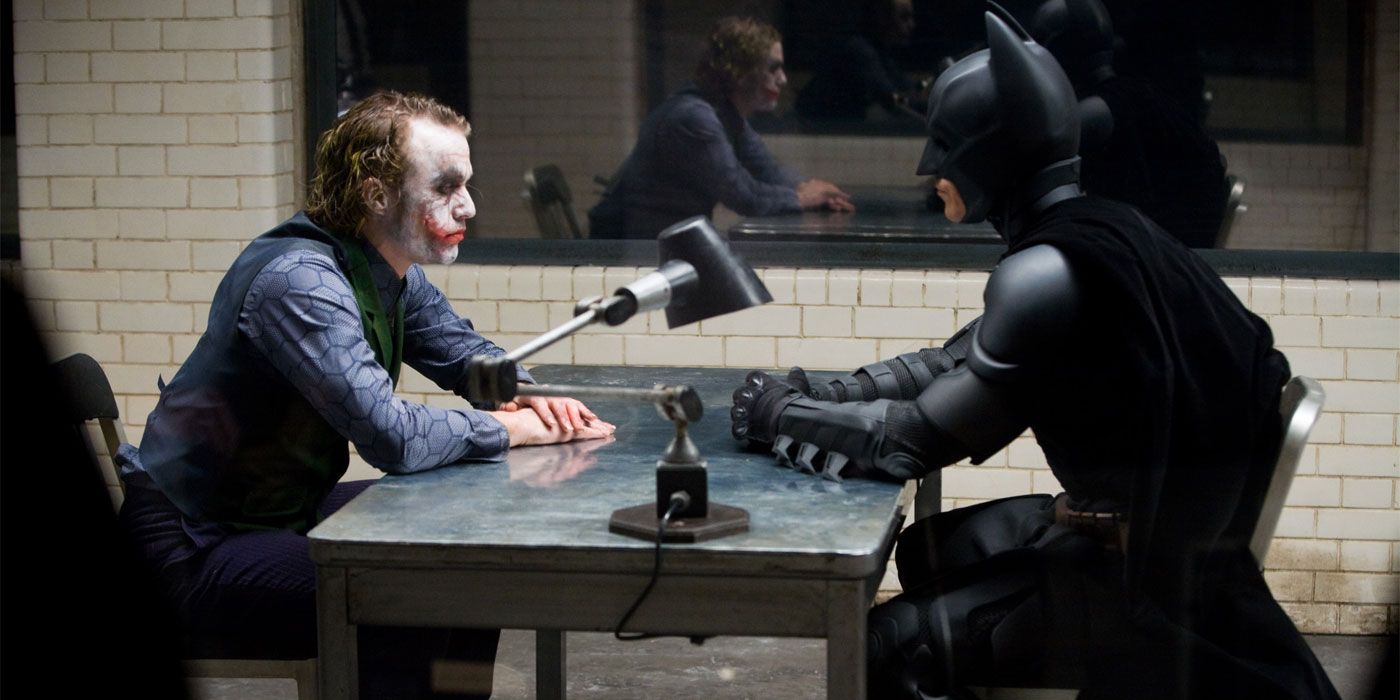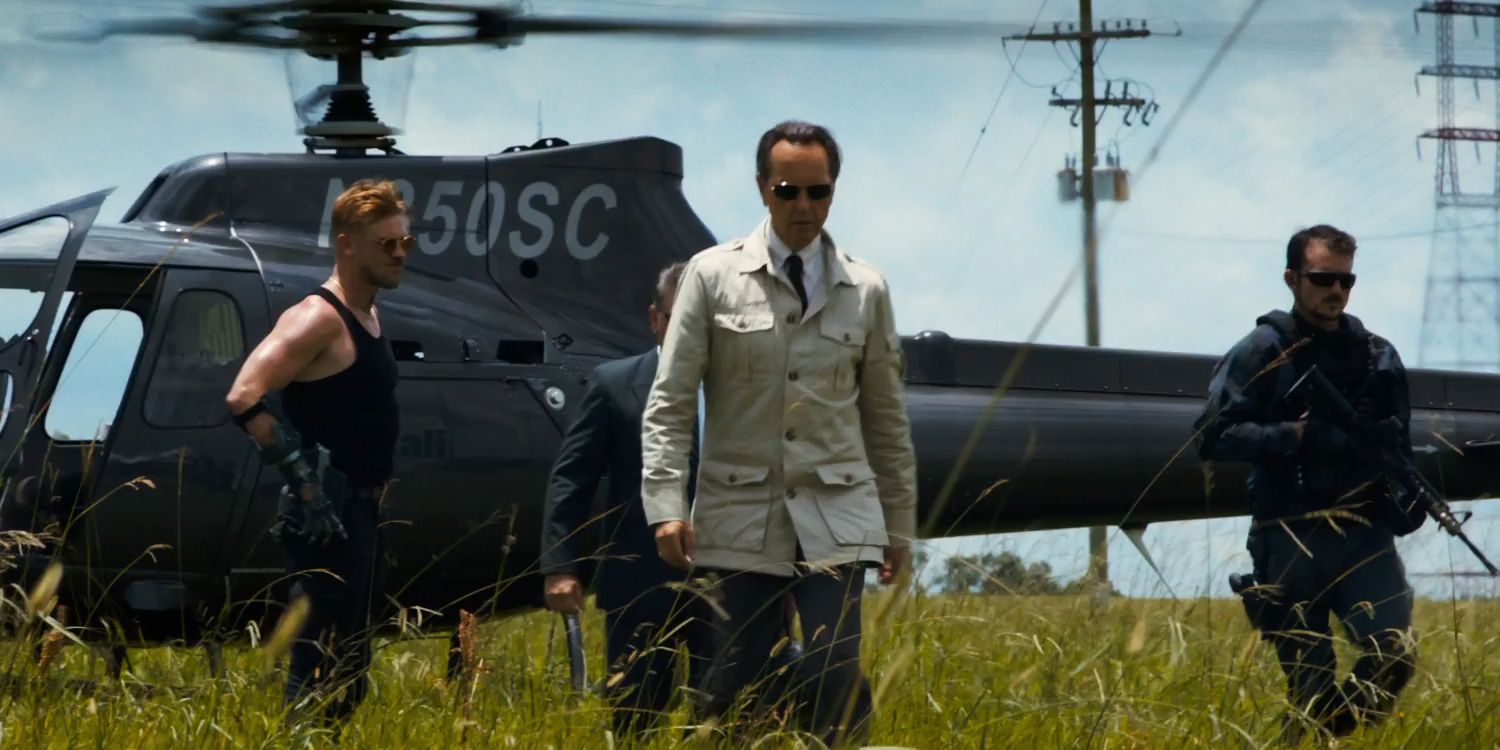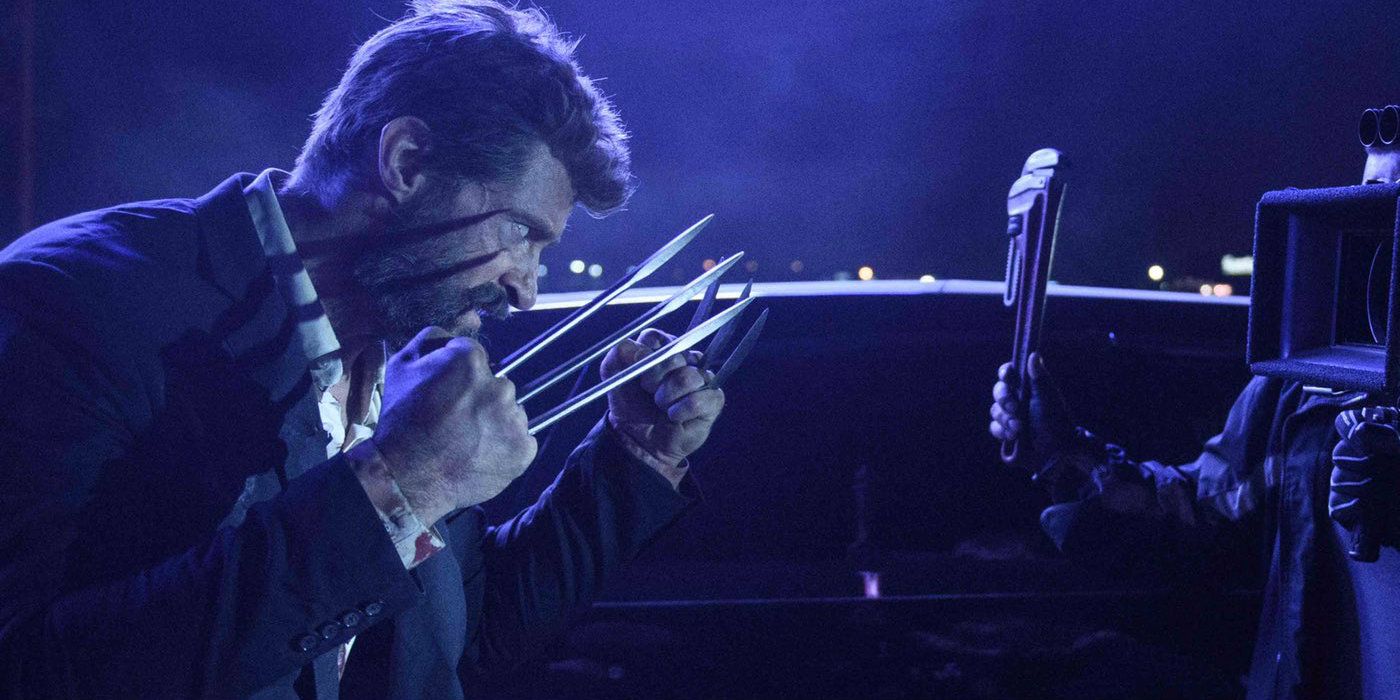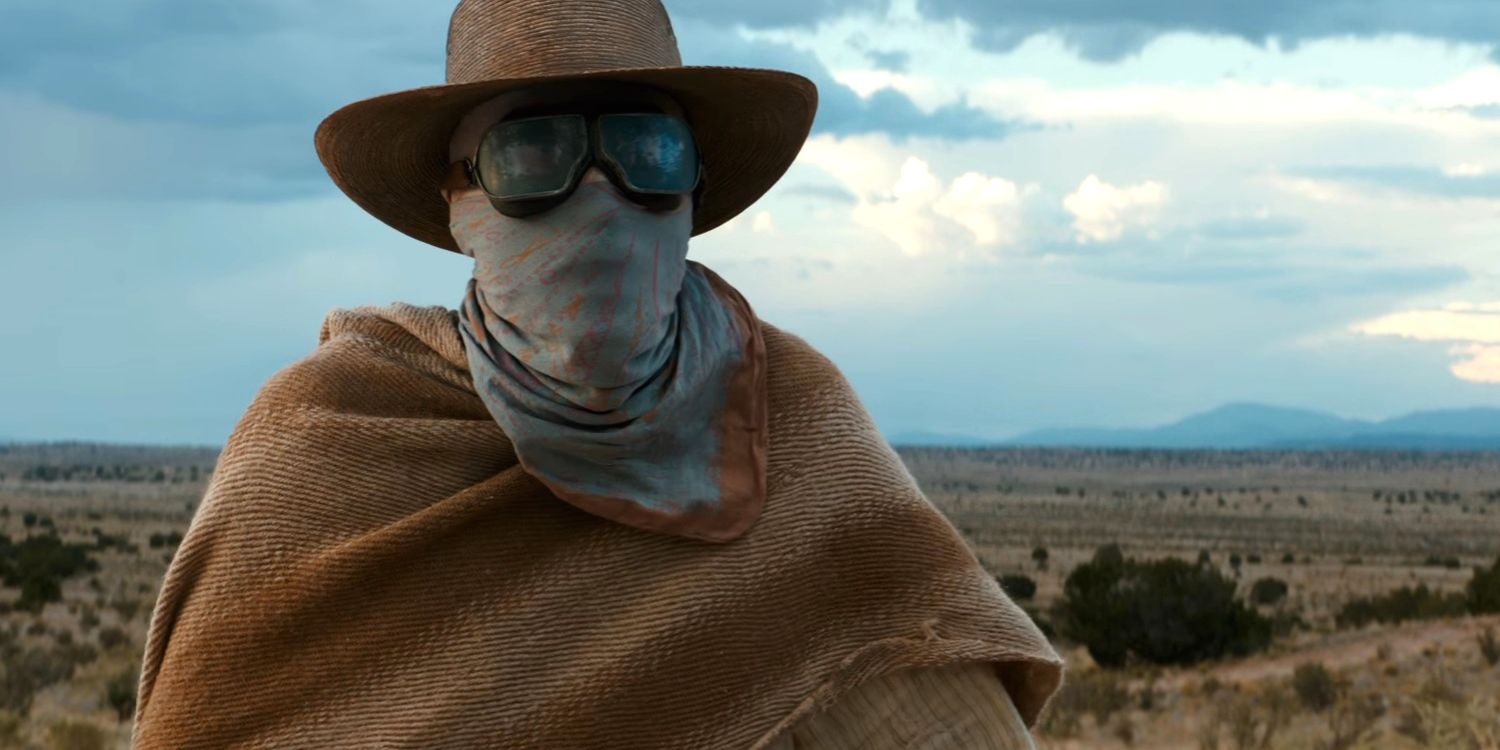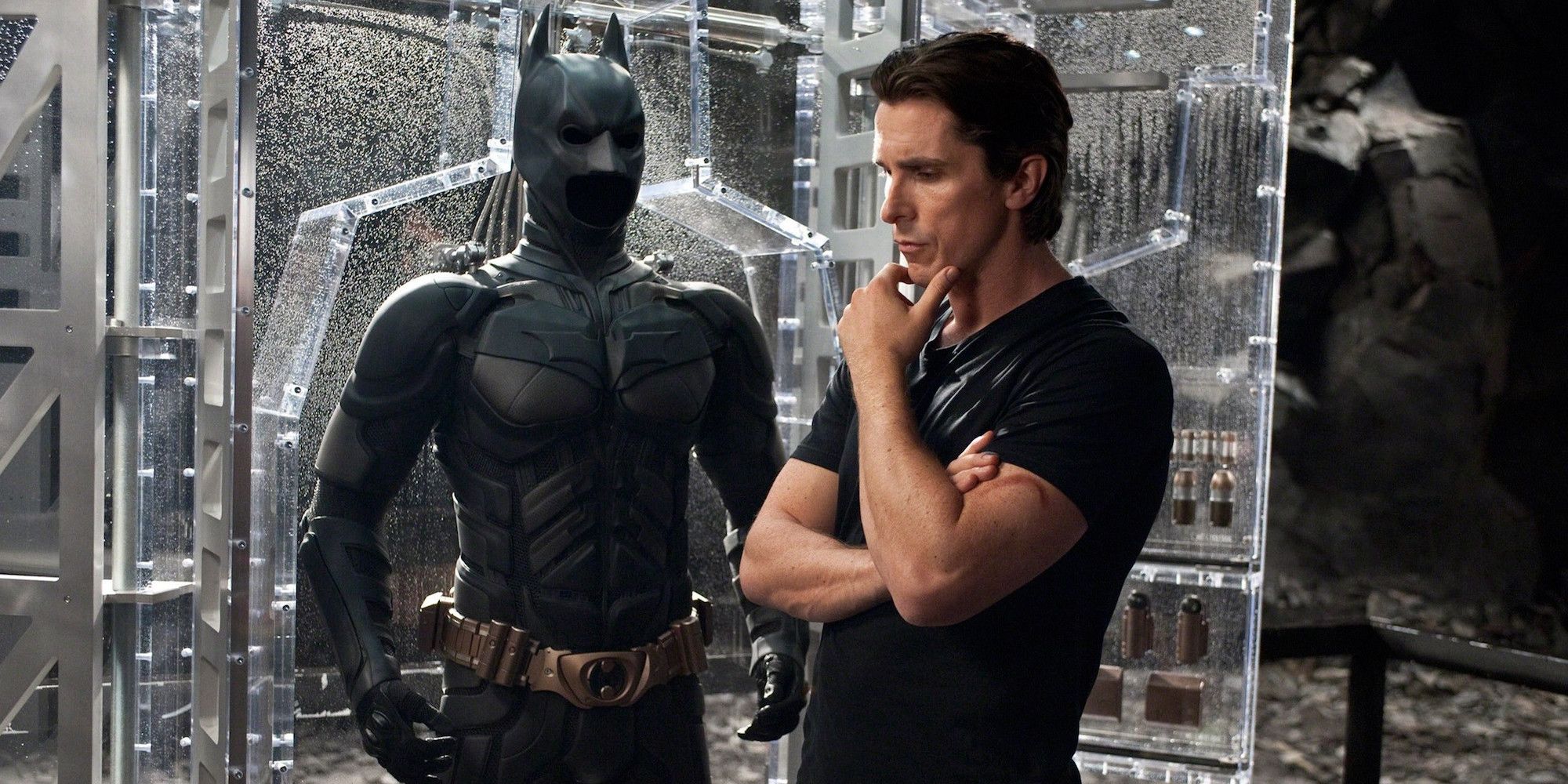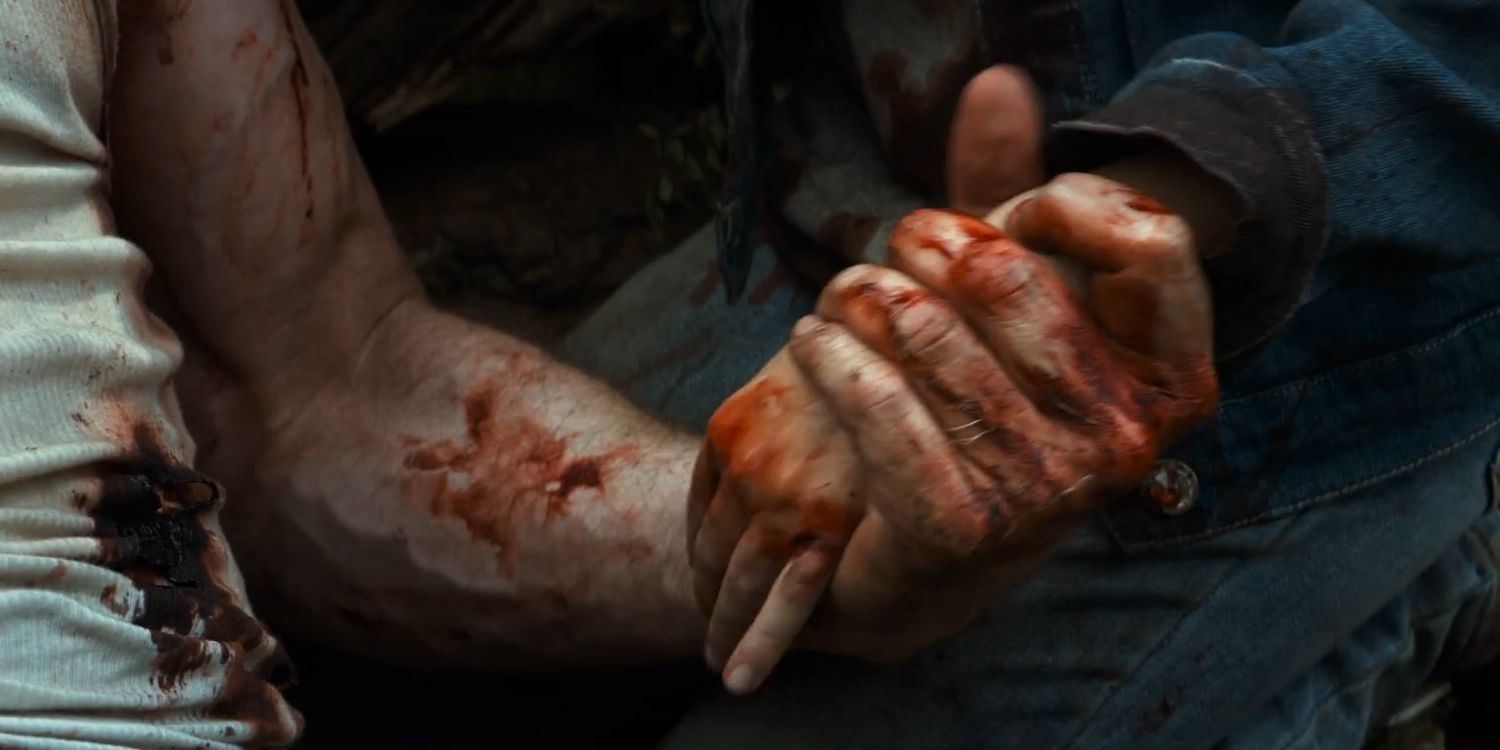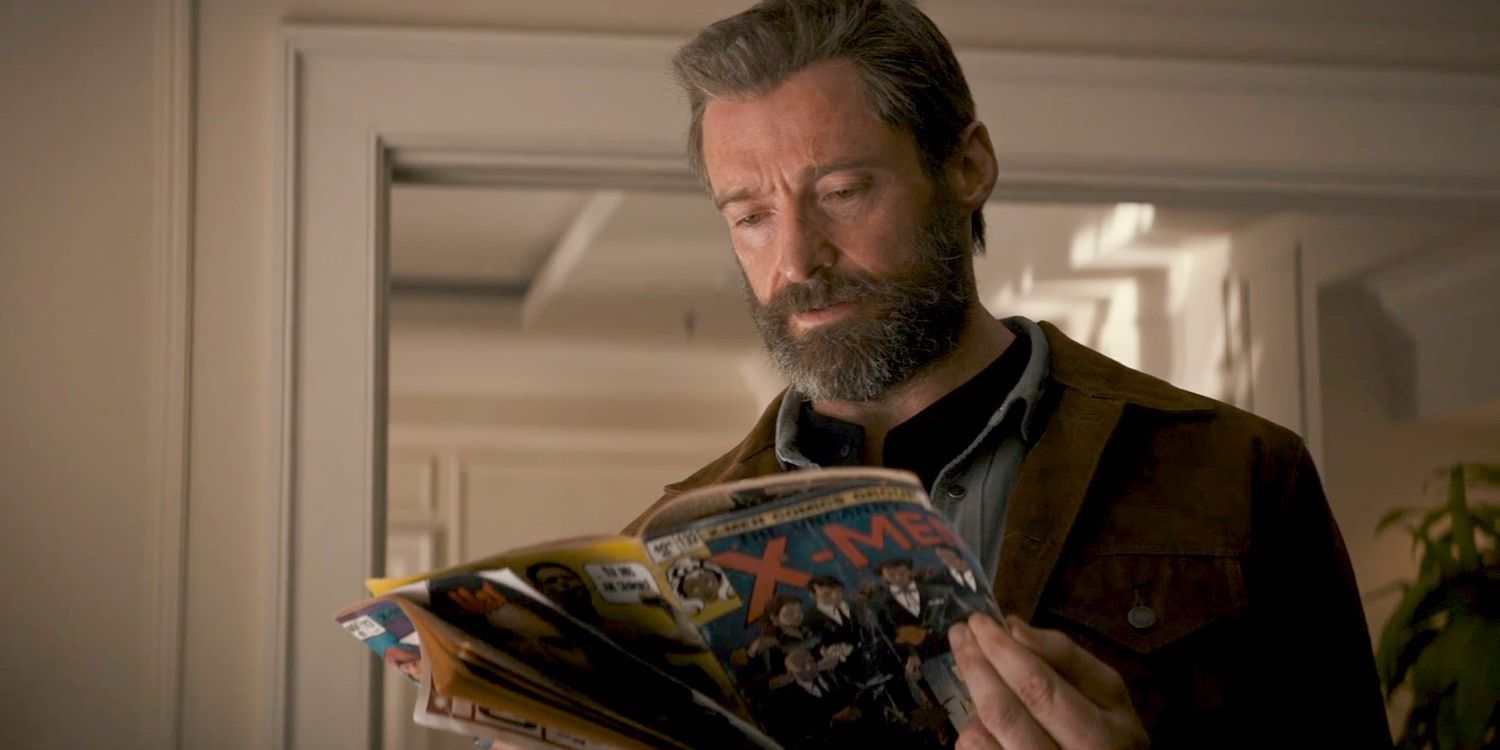For nearly a decade, Christopher Nolan’s The Dark Knight has remained the gold standard for superhero movies. Even as the genre has grown in popularity and expanded into a never ending barrage of reboots, retcons, shared universes, and franchises, The Dark Knight has pretty much kept its championship belt. But it's 2017, and a new contender has emerged to knock The Dark Knight down a notch. Enter Logan.
Though not quite as universally beloved as The Dark Knight, James Mangold’s brutal, harrowing, and heartfelt apocalyptic sci-fi/western is every bit as good as Nolan’s powerful, brooding comic book crime drama. In many ways, it’s even better. Like The Dark Knight, Logan is intended for a more mature comic book audience. It belongs to an established film series, but stands triumphantly on its own. Arguably, it surpasses the beloved Batman flick in several key areas, from action and choreography to thematic storytelling. The Dark Knight will always be a classic—destined to be watched and discussed for many, many years to come. Logan is a much newer movie, and only time will tell how it holds up for future generations, but there’s already no doubt that it deserves a seat at the “Best Superhero Movie” debate table—no matter how much The Dark Knight still dominates the conversation.
Still unconvinced? Here are 15 Reasons Why Logan Is Better Than The Dark Knight.
15. The R Rating
Had director James Mangold and star Hugh Jackman not been given the freedom to secure an R rating for Logan, the movie may very well have been a disaster. It’s a story that needed to be told with graphic, brutal violence and adult language. Everything from the fight scenes to the grotesque effects of Wolverine’s aging required an R rating. With R-rated content at the center of its identity, Logan has a huge leg up on the PG-13-rated Dark Knight. Without a solid dose of brutality in the violence, a “serious” superhero movie can become superficially brooding rather than psychologically penetrating. The Dark Knight certainly has its psychological and emotional high points, but without the freedom to go beyond PG-13 content restrictions, it just doesn’t pack the punch that Logan does (both literally and figuratively).
To be fair, Batman has never needed an R rating to be effectively dark, but sometimes Batman’s “darkness” only runs skin deep. The Dark Knight—though often highly effective in its clean, crisp visual oeuvre—exhibits an inability to push the material as far as it can go. Meanwhile, Logan takes full advantage of its R rating, and as a result, it makes for a highly effective, cathartic viewing experience.
14. Better Fight Scenes
The Dark Knight is full of beautifully choreographed urban action, but the movie’s fight sequences definitely leave something to be desired. The film never quite manages to capture Batman’s ninja-meets-boxer fighting style in a satisfying way (despite its demerits, Batman v Superman: Dawn of Justice does this incredibly well), and as a result, any scenes of hand-to-hand combat fall painfully flat. In contrast, Logan executes Wolverine’s infamous rampaging combat style with quick-and-bloody perfection.
This is not to say that The Dark Knight should have included Logan-esque fight scenes. Batman’s fighting style should be brutal without being overl6 bloody. But The Dark Knight’s fight scenes don’t fail because they aren’t Logan’s fight scenes. They fail because they are poor Batman fight scenes. Meanwhile, Logan takes full advantage of Wolverine’s vicious fighting style in a way that no other X-Men film had done before.
13. Better Worldbuilding
Both Logan and The Dark Knight successfully build vivid, self-contained worlds, but Logan’s feels so much bigger. Christopher Nolan has become kind of famous for telling his audiences what’s going on when he should be showing them. Though not as big an offender as other Nolan films, The Dark Knight is definitely guilty of the same expository pitfalls.
Logan builds its world by giving us subtle glimpses at the larger situation, without explicitly pointing much of anything out to its audience. When you watch a movie like The Dark Knight, the dots are largely connected for you. Characters move through the world like chess pieces in order to personify plot points and themes. There’s a pinhole-like focus that’s efficient, but also rigid. Logan builds a world that surrounds the story peripherally—igniting in the viewer a sense of scope without spelling it all out. Many moments produce sharp scents of the movie’s time and place, and the dialogue is suggestive rather than explanatory. In short, Logan shrewdly follows the show-don’t-tell rule.
12. Logan Explores an America that The Dark Knight Ignores
Not only does Logan demonstrate a stronger approach to worldbuilding, but it also shows us a side of America that most superhero movies (including The Dark Knight) pretend doesn’t exist. The American city is the default setting for superhero movies, and The Dark Knight defaults to this setting as well. Should a Batman movie take place anywhere else but Gotham? Definitely not. But TDK’s Gotham is far less distinct than the Gotham shown in Batman Begins. The beloved sequel is obviously full of innovative qualities, but its setting isn’t one of them. By exploring the rural sprawl, mid-western towns, and borderlands of America, Logan deviates from even the most critically acclaimed superhero movies and creates an identity virtually all its own.
Exploring a different side of America also affords Logan the opportunity to showcase a more diverse American demographic. The lives of Hispanic, Black, poor, and even octogenarian Americans feel authentically represented in a way that serves the story. The film stands apart by its willingness to dig deep into its unique setting.
11. The people Logan encounters are fully realized characters
Logan’s cast of characters is diverse in almost every way possible, and even the film’s minor characters are treated more lovingly than a thousand other superhero movies would have done. Even when supporting characters meet terrible fates, the weight of the loss is excruciating because the characters are made to really live and breathe within the story.
The entire Dark Knight trilogy spends a lot of time talking about “the people of Gotham”, without really doing all the work that could be done to make that phrase truly mean something to the viewer. The titular hero spends a whole lot of time looking over Gotham's citizens, but doesn't really know too many of them. The Dark Knight isn’t completely void of personal interaction with minor characters, of course, but it doesn’t compare to Logan’s unapologetic dedication to the people on the periphery of its revisionist superhero narrative.
10. A Better surrogate father/son relationship
The father/son relationship between Alfred Pennyworth and Bruce Wayne is an interesting one when it’s done right. The Dark Knight Rises, for example, really takes full advantage of the relationship’s push-pull nature. In The Dark Knight, however, Alfred serves as little more than a plot device and clever line-dispenser. Logan takes full advantage of the history between Wolverine and Professor X, as well as the two actors that have played them for over 15 years. The two characters are father and son to each other because they’re the only remaining members of their former surrogate family, and watching them struggle viciously with each other while also relying on each other in a diminished existence is a beautifully harrowing experience.
Both father/son relationships in these two movies have a seasoned history with fans, so perhaps The Dark Knight doesn’t need to deconstruct Bruce and Alfred’s relationship in order to portray it effectively. But Logan’s brilliant utilization of the history between Logan, Xavier, and their fans is yet another element of the film that sets it apart.
9. Logan supposes a highly possible future
While it’s not likely that mutants will exist in the near future, Logan supposes a future that looks and feels highly possible, even probable. The film is set in the year 2029, where America seems to have degraded socially, economically, and environmentally. As we glimpse into the pre-apocalyptic future that Logan presents to us, we get a sense that the consequences of our present-day sociopolitical unrest will result in a slow, silent death; a whimper instead of a bang.
One of the great things about sci-fi is that it can make astute observations about the present by stepping away from it. Logan’s future setting is bleak, but only enough to mirror the bleakness of our present. While The Dark Knight serves as an effective allegory for the political fears and anxieties of its time, there’s something about Logan’s sci-fi element that allows it to depict present-day America in a more direct way.
8. Laura/X-23 Rules!
Played brilliantly by newcomer Dafne Keen, Laura/X-23 is Logan’s ace in the hole. Her story serves as the film’s primary plot device, and the way she plays off of Jackman’s aging Wolverine is unlike anything we’ve seen in a superhero movie before. Most importantly, she’s a bonafide mini badass.
Laura’s presence in the movie makes for some incredibly unique action sequences. The way her fight scenes are choreographed, directed, and edited are so original that it’s almost jarring to watch them. Her emotional stake in the story also makes for a fresh approach to the Wolverine mythos.
Every scene with Laura, action or drama, is pure gold. Movies like Logan, Deadpool, Ant-Man, and Guardians of the Galaxy have created new possibilities for the superhero genre. Audiences are hungry for original content that will make the escalating price of a movie ticket worth it. More innovative superhero movies are sure to come, but it may be a while before we see something as impressive as Laura/X-23.
7. Opposing Forces are Personified in a More Unique Way
On face value, The Dark Knight’s approach to the Batman/Joker relationship is incredibly fresh. In reality, anything unique about TDK’s brand of “Batman vs. Joker” comes largely from Heath Ledger’s singular performance. The film boils the Batman/Joker relationship down to its essence, portraying them as monumental archetypes of opposing forces—order and chaos, direction and indirection, peace and destruction, hope and hopelessness. The same opposing forces are personified in Logan, but in a much more complex way. In Logan, we don’t find the opposing forces in two enemies, but in the hero and his sidekick.
Throughout the film, Logan and Laura are at odds with each other. They’re on the same side, they have the same enemies, but their goals couldn’t be more different. Wolverine wants to drift away; Laura has a specific purpose. He is mired in hopelessness; she is motivated by hope. In the end, these two opposing forces are reconciled, not further divided. There’s something about that resolve that feels more human than The Dark Knight’s eternal war between order and chaos as personified by Batman and the Joker.
6. The Villains Aren’t Better, But They Are More Believable
It would be absurd to argue that the villains of Logan hold a candle to Heath Ledger’s Joker, but that doesn’t mean they aren’t great villains; they simply serve a different function than the Clown Prince of Crime. Where the Joker serves no master but chaos, Zander Rice and Donald Pierce serve a military force that seems to mirror contemporary real-world powers.
And though Ledger's Joker performance is undeniably louder, Boyd Holdbrook's Donald Pierce makes for a truly unique Marvel villain. His swagger and wardrobe evoke the bounty hunter villains of classic Westerns, and his actions are indicative of the same greedy impulses that seem to be driving today's world events. His boss, Zander Rice, represents a soulless military attitude that will also feel hauntingly real to American audiences.
5. Logan is a "grown up superhero movie" for an audience that has grown with the franchise
Logan has the advantage of carrying a history with its audience. While it very much acts as its own standalone movie, in its DNA is a relationship between the audience and the franchise, and more importantly, with Hugh Jackman’s Wolverine. Many of Logan’s viewers were still adolescents when the first X-Men movie kicked off the superhero genre as we know it today. Logan is meeting that generation where it lives now, as adults in an increasingly scary world.
Luckily, you don’t need to have seen every previous X-Men film to enjoy Logan (or any of them, for that matter), but if you have, there’s a whole layer of rich subtext to sink your teeth into. Seeing characters like Wolverine and Xavier so close to the end of their respective journeys will carry an enormous weight for fans who have aged with them, and seeing them call back to their previous adventures is a delight.
4. The Western Element
Logan, at its core, is a Western. It borrows heavily from Western classics like Shane, Unforgiven, and True Grit. Shane, in particular, is directly referenced in the film to connect the respective roles that Westerns and superhero movies play in our culture. Connecting the two genres opens up a world of possibilities, and it imbues Logan with a singular, yet familiar identity.
Ever since 2000’s X-Men, there’s always been a bit of Clint Eastwood in Wolverine. He’s a drifter, a loner, and a reluctant hero. Logan takes this aspect of the character to its extreme, boosting its narrative with all the visual trappings and narrative DNA of the Western to show us why Jackman’s Wolverine has captured our imaginations for so long. Wolverine will never be quite as popular as Batman, but as Logan demonstrates, he’s the superhero that speaks directly to the American soul. We recognize him as the same sort of weathered hero that has drifted through our towns and prairies for decades.
3. Hugh Jackman's Logan/Wolverine is a far more interesting character than Christian Bale's Bruce Wayne/Batman
One of The Dark Knight’s biggest problems is the fact that its hero is far less interesting than its villain. Christian Bale himself has admitted that he never quite nailed the Batman character over the course of the trilogy, especially when pitted against Ledger’s Joker. In stark contrast, Wolverine has never been more intriguing to watch than he is in Logan. Hugh Jackman’s years of dedication to the character pay off in a performance that makes adamantium-fueled mutant more human than any other superhero we’ve ever seen on the big screen.
Bale was never bad in the Dark Knight trilogy. In fact, his subdued performance as the Caped Crusader serves the tone of the films very well. One could even argue that it was necessary to feature a reserved Batman up against such an omnipresent Joker. But in the end, a story suffers when its protagonist is less interesting than everything going on around him. Luckily, there’s never a moment in Logan where the hero doesn’t shine.
2. Logan has a more satisfying ending
The Dark Knight ends on an interesting, but completely unsatisfying note. It gives the audience only one conclusion, with little room to explore other ideas or figure out the meaning of the ending for themselves. When you tell the audience exactly what to think in the final moments of a movie, you risk making your ending feel hollow. The Dark Knight doesn’t necessarily have a hollow ending, but repeat viewings of the film often make it feel that way.
Logan’s ending lets the feelings to do the talking. The scene is emotional, but the emotions rise naturally out of the situation. The content is constructed to create a scene, rather than satisfy the demands of a pointed conclusion. The Dark Knight’s conclusion is a carefully constructed thesis, while Logan’s is pure poetry.
1. Logan has more interesting things to say about the role of superheroes in our culture
Very few superhero movies manage to dissect the role that superheroes play in our culture. In this sense, there’s not much separating The Dark Knight from other superhero movies. By combining elements of Western, sci-fi, and R-rated drama, Logan manages to break down the reasons why we continue to show interest in comic book heroes.
The X-Men franchise has always stood apart from other superhero properties because it frames its heroes in a completely different way. The X-Men aren’t superheroes, they’re mutants. They represent the other, the outcast, the marginalized. In a logical next step from this departure, Logan bears extremely little resemblance of a Hollywood superhero blockbuster. Its displacement is so extreme that the viewer is forced to rebuild its idea of a superhero from the ground up. There’s no doubt that The Dark Knight was a game changer for the superhero genre, but Logan is even bolder in its subversion of audience expectations, leaving them to question the very concept of superheroes.
--
So what do you think? Is Logan really better than The Dark Knight? Join the debate in the comments!
Logan will be available on digital HD May 16, 2017 and Blu-ray May 23, 2017.

